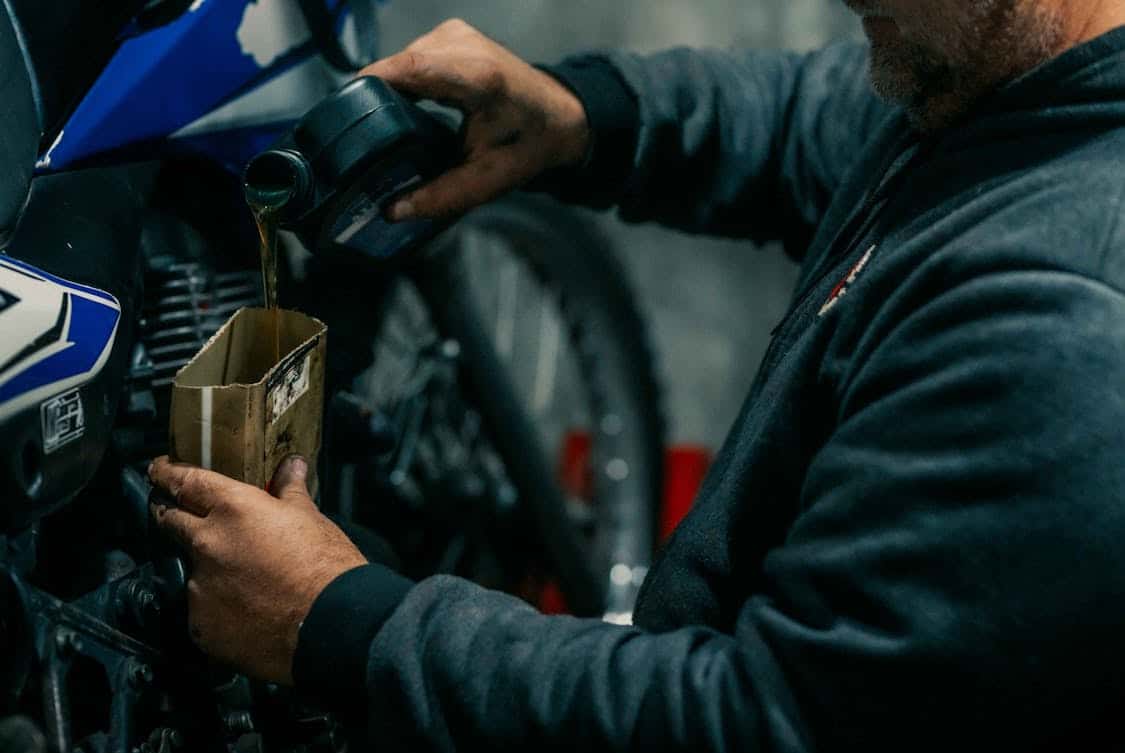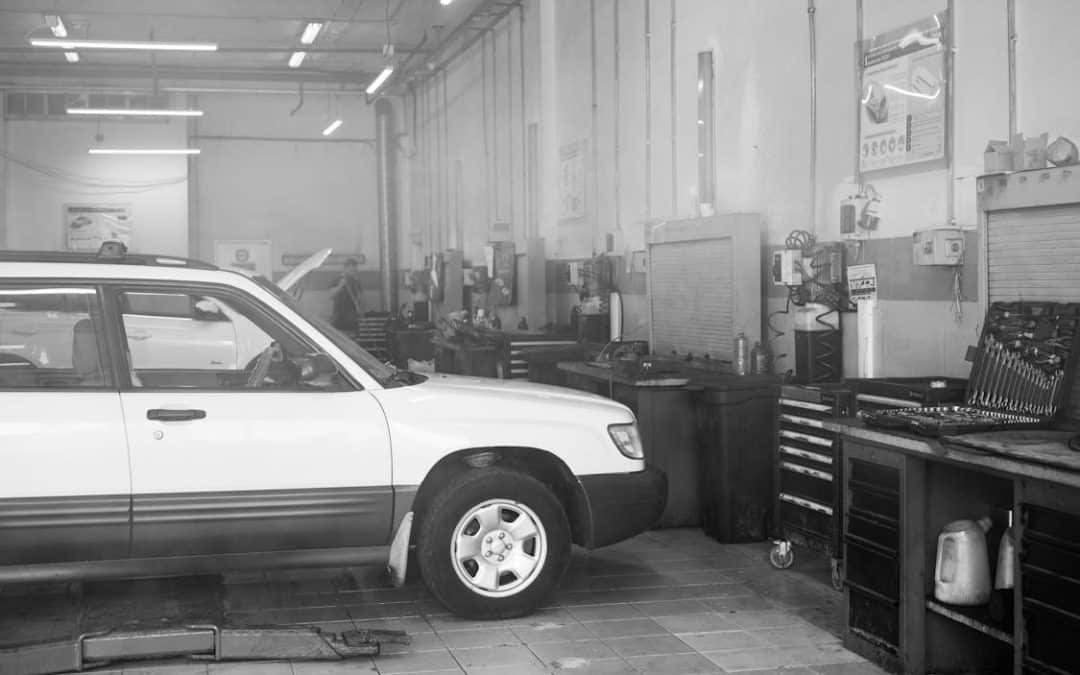Garage floor coatings can significantly enhance the functionality and aesthetic appeal of your garage. These protective layers not only elevate the look of your space but also shield the concrete beneath from stains, spills, and wear.
However, many homeowners wonder whether these coatings require ongoing maintenance. This article aims to clarify the maintenance needs of garage floor coatings and provide insights into keeping them in prime condition.
Understanding Garage Floor Coatings
Before diving into maintenance, it’s essential to know what garage floor coatings are. Common types include epoxy, polyurethane, and polyaspartic coatings. Each type has unique properties, but they generally serve to protect the concrete surface from damage.
They can resist chemicals, prevent moisture penetration, and offer a slip-resistant surface. Many homeowners choose coatings specifically designed to provide long‑lasting high‑gloss garage finishes that maintain their shine even with regular use.
While these coatings are robust, they aren’t invincible. Knowing how to care for them can prolong their lifespan and maintain their appearance.
The Importance of Routine Cleaning
One of the simplest forms of maintenance is regular cleaning. Dust, dirt, and spills can accumulate, leading to a dull appearance over time. Depending on your usage, a routine cleaning schedule can include sweeping, mopping, or using a pressure washer.
For instance, if your garage doubles as a workshop, you might want to clean more often to prevent harmful substances from setting in. A gentle detergent mixed with water will often suffice for mopping. A well-maintained coating isn’t just visually appealing; it also helps in spotting any potential damages early.
Inspecting for Damage
Regular inspections are another crucial component of maintenance. By periodically checking for cracks, chips, or peeling, you can catch issues before they escalate. A simple visual check every few months can save time and money down the line.
If you notice any abnormalities, addressing them promptly is key. Small issues can often be repaired without the need for a complete re-coating, which can be both time-consuming and costly.
Protecting Against Chemical Spills

Garages often house various chemicals, from motor oil to cleaning agents. These substances can wreak havoc on your floor if not addressed quickly. To protect your coating, consider using absorbent mats or trays under containers.
If accidental spills occur, clean them promptly to prevent staining or damage. Most coatings resist mild chemicals, but prolonged exposure can lead to deterioration. Keeping your garage organized can also minimize the risk of spills, creating a safer environment overall.
The Role of UV Exposure
For garages that receive direct sunlight, ultraviolet (UV) rays can be a concern. Over time, UV exposure can cause colors to fade and coatings to break down. If your garage has windows or if you frequently keep the door open, consider using window films or UV-blocking curtains.
This additional layer of protection can help maintain the vibrancy of your coating and extend its lifespan. It’s a small yet effective strategy to mitigate potential damage from the sun.
Seasonal Considerations
Your maintenance routine may need to adapt to the seasons. In colder climates, ice melt products and road salt can be harmful to garage floors. These chemicals can seep into the coating and lead to deterioration.
In winter, consider using plastic mats or rugs to minimize contact with these abrasive substances. In warmer months, ensure proper ventilation to reduce humidity levels, which can also affect the integrity of your coating.
Repairing Minor Damage
If you do find minor damage during your inspections, the good news is that many coatings allow for straightforward repairs. Epoxy and polyurethane coatings can often be patched using repair kits available at hardware stores.
Typically, the process involves cleaning the damaged area, applying the repair compound, and allowing it to cure. This method can save you from a complete re-coat, which can be both inconvenient and expensive.
When to Recoat
Despite your best maintenance efforts, there comes a time when recoating might be necessary. Signs that indicate it’s time for a fresh coat may include severe fading, peeling, or noticeable cracks that impact the floor’s appearance or functionality.
The frequency of recoating varies based on exposure levels, usage, and the quality of the initial application. Many coatings can last anywhere from five to ten years with proper care. Keeping an eye out for these signs ensures your garage remains a functional and attractive space.
Professional Help vs. DIY
Depending on your comfort level with maintenance tasks, you may want to consider professional help for inspections or repairs. While simple cleaning can be done by anyone, assessing the condition of your coating may require trained eyes.
A professional can also advise on the best products or techniques specific to your coating type. If you decide to go the DIY route, ensure you follow the manufacturer’s guidelines for any maintenance or repair work.
Protecting Your Investment
Garage floor coatings represent a significant investment, and maintaining them is key to maximizing their value. Regular cleaning, timely inspections, and addressing damage can go a long way in preserving the life of your floor.
Furthermore, protecting against environmental factors, whether from chemicals or UV rays, helps maintain not just appearance but also functionality. With a little effort, you can enjoy the benefits of a durable, attractive garage floor for years to come.

